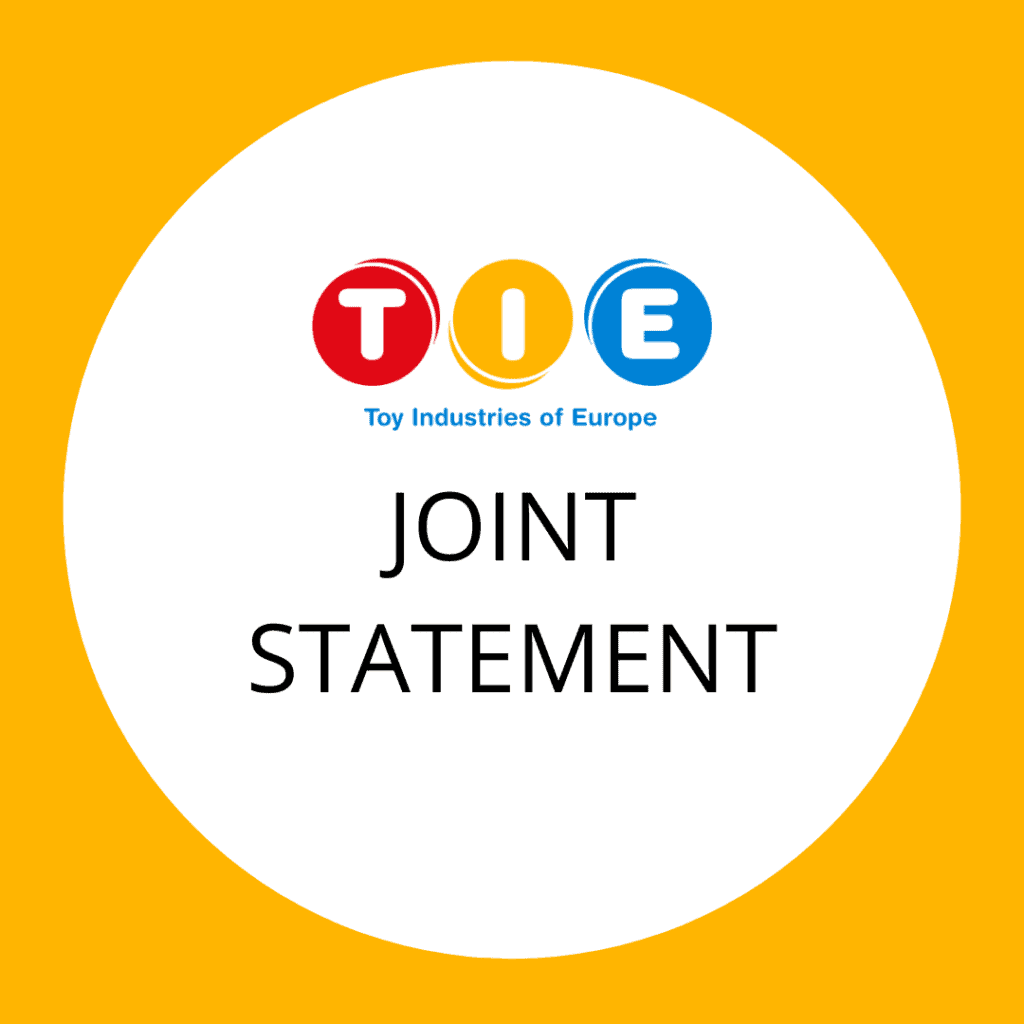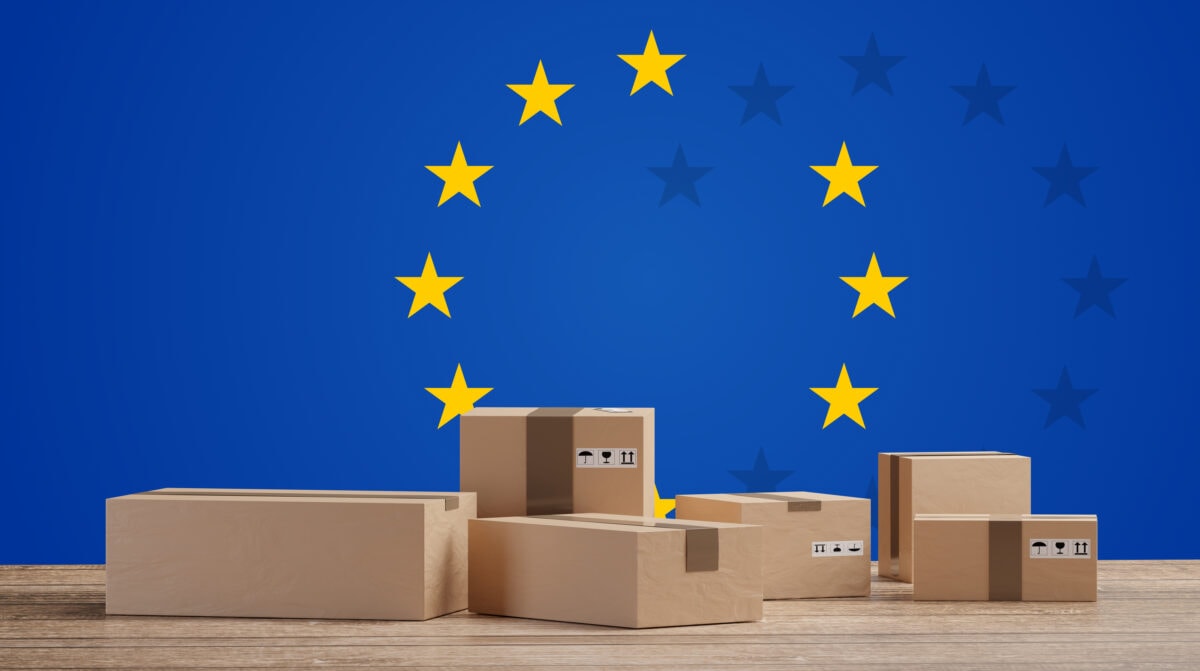With many consumers looking for bargains or trying to get hold of the year’s must-have but sold-out toy, Christmas can be an especially profitable time of year for counterfeiters.
When it comes to putting fake goods on the market, a recent study by the OECD reports that sea containers remain the most popular way of trafficking counterfeit goods. They represented the source of 30% of toys seized by customs officials in 2011-2013.
Nevertheless, fake goods are increasingly reaching consumers via small parcels which contain ten or less items shipped via postal or express delivery services. This is facilitated by the growth in e-commerce – which can help to cut out the middle man between the seller and the end-buyer.
In the period studied, one in five seizures of fake toys by customs officials were in small packages in. The report notes that the enforcement challenges posed by small parcels are numerous and varied. Presumably, this figure potentially under-represents the scale of the problem, given the challenges involved in detecting them.
Increasing resources for market surveillance and customs authorities and ensuring their focus on rogue traders can contribute to tackling this phenomenon. The current goods package proposal can help to achieve this. However, it should not increase burdens on reputable toy makers as this only makes it more profitable for rogue traders to ignore the rules.
But why does it matter?
Trade in counterfeit goods is a long-standing global problem – in 2013 counterfeit trade was valued at around €338 billion worldwide. It’s a practice that damages the economy, business and consumers and is a key source of income for organised crime.
However, with people increasingly looking to buy online, buying fakes from unknown traders doesn’t just put consumers at risk of receiving substandard or even dangerous products – it also leaves them open to identity fraud, as explained by this recent campaign from the City of London Police.
When it comes to fake toys, fraudsters who are willing to steal ideas are also likely to cut corners when it comes to safety testing too putting children at risk of injury or worse. With this in mind, any savings gained from buying cheap fakes start to look less great.
If you are buying toys this Christmas, make sure to buy them from reputable traders that you trust and, if you’re looking for bargains, keep in mind the mantra – if something seems too good to be true, it usually is.
Full OECD report: here


